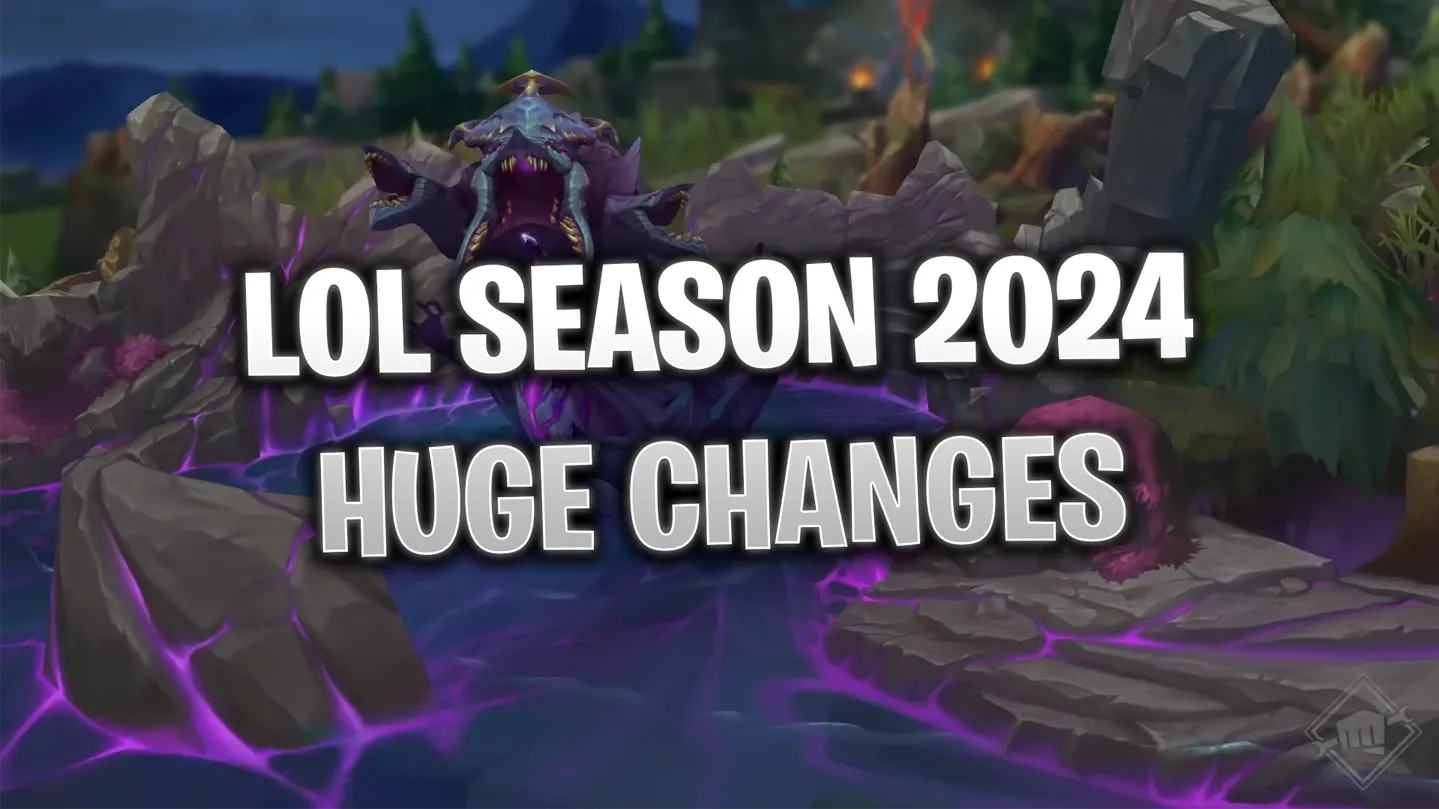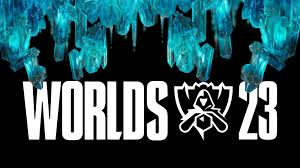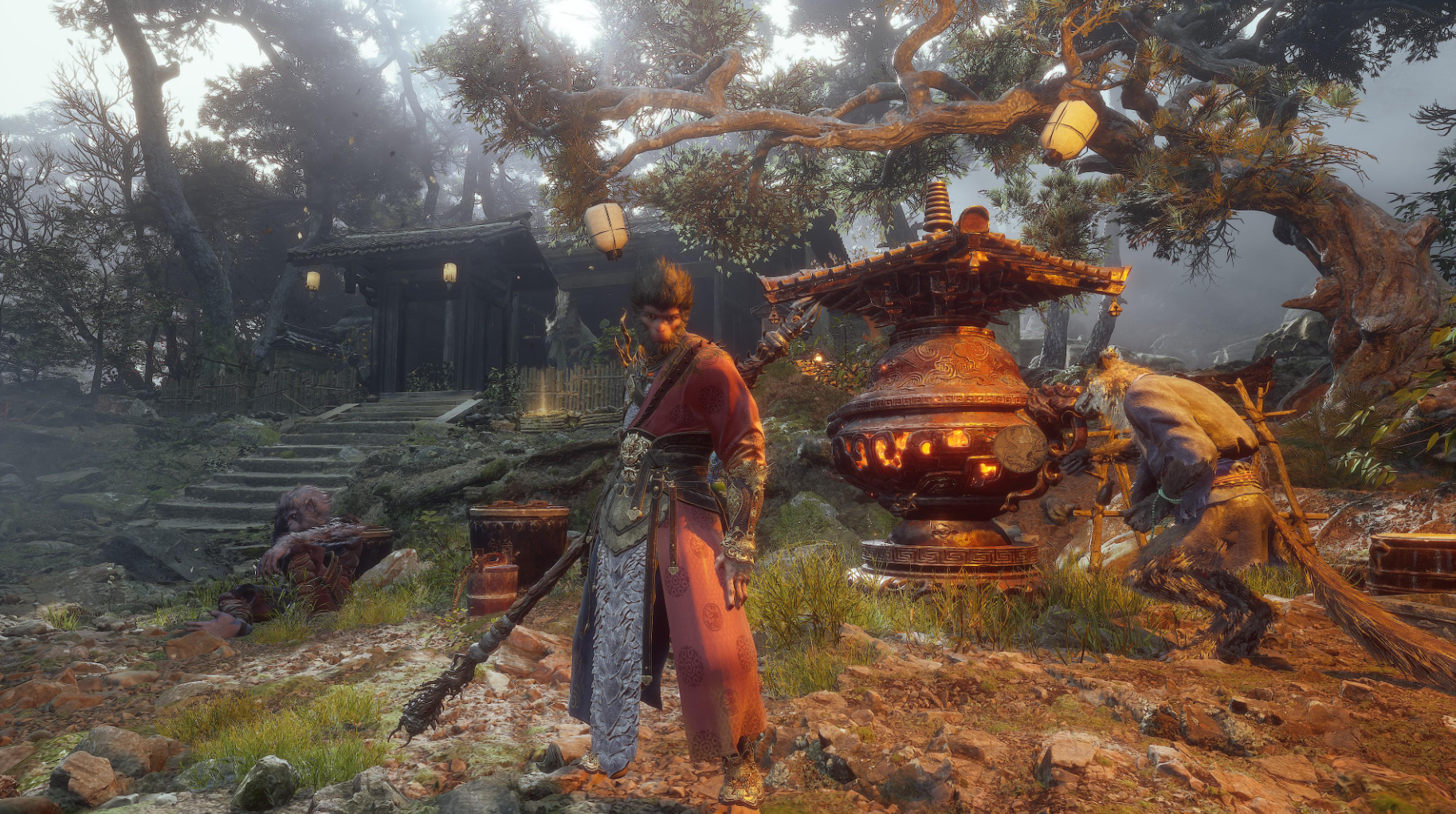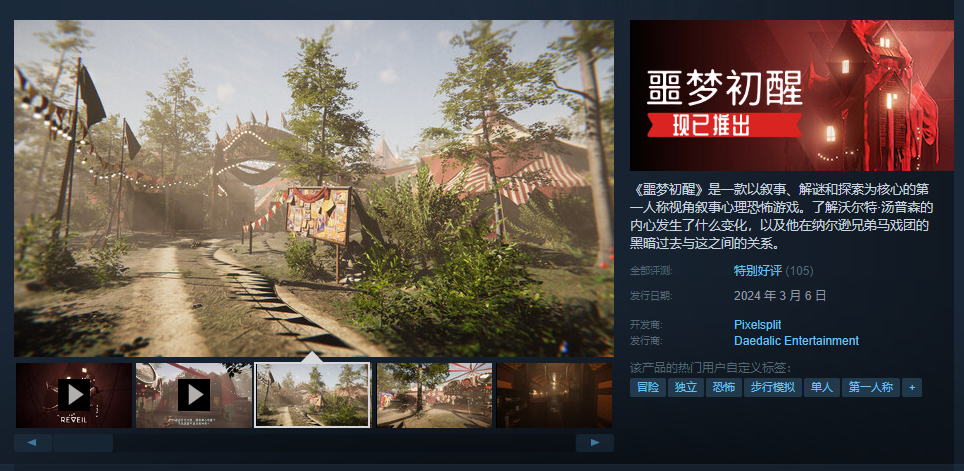
An in-depth look at the League of Legends e-sports international tournament system
As League of Legends esports continues to grow and evolve, we want to strike a balance between updating the ecosystem and building the traditions and systems that our fans have come to expect and rely on. In other words, we don’t want to stay the same, and there will always be people who think “this is the way Fighter Games does things,” but we also don’t want to change for the sake of change.
We’ve spent a lot of time over the last few years thinking about the existing international tournaments. Throughout 2021 and 2022, we evaluated what the best schedule would be, how the international events would connect, and what each event would say to the fans. During our discussions, we looked at fan feedback and worked with the regions to get a better perspective when making decisions that will affect the future of the event.
With that knowledge in mind, let’s explore the format changes for the Mid-Season Championship and Global Finals and talk about the design philosophy behind the rules of these events.
The Goal
When considering changes to the format of the Mid-Season Championship and Global Finals, we focused our efforts on hosting more exciting matches and increasing the number of opportunities for cross-region matchups. At the same time we wanted to make sure that every match in both tournaments mattered, minimizing those that had no impact on the outcome of the tournament.
We saw the Mid-Season Championship as a way to bring more cross-divisional matchups, an event that would give fans an idea of the strength of the divisions at the midway point of the season. To accomplish this, we decided to invite more than one team from the historically more competitive divisions (LCK, LPL, LEC and LCS). We are also exploring ways to provide more opportunities for cross-divisional matchups in Season 2024 and beyond.
For the Global Finals, in addition to the goals outlined above, we’ve looked at how to make the qualifying rounds more impactful for teams, as well as how to make the group stage more open and less reliant on draws or a handful of potential opponents at that stage.
Double Elimination vs. Single Elimination
The most common question we receive at international tournaments is whether or not to use double elimination at the Mid-Season Championships and Global Finals. Overall, double elimination offers many benefits, including:
Reducing the impact of “accidental success or failure”.
Loser’s bracket resurrection
Elimination of variance, which means that the winning team is usually considered the “strongest” team (or the two teams in the final are “true to form”)
More variability in the final standings. Double-elimination tournaments select 1st, 2nd, 3rd, and 4th place finishers, as well as 5th/6th and 7th/8th place finishers. In contrast, a single-elimination tournament would only select first and second place, while third/fourth and fifth through eighth place would be tied. Additionally, more tournaments would result in more one-on-one power comparisons
That said, double-elimination is not without its drawbacks in the League of Legends esports ecosystem, including:
Less risk in winner’s bracket matches
Teams with better records may not have a significant advantage in the finals
Double-elimination can significantly extend the duration of tournaments, such as the Global Finals
Double-elimination reduces the risk of winner’s bracket matches, and there is no way to give the best teams in the winner’s bracket a meaningful advantage in the finals. Typically in a double-elimination tournament, players in the winner’s bracket play fewer matches, get to pick sides, and usually have more time to prepare. However, they cannot gain a second chance or in-game advantage in the final. This can also lead to the fact that the team with the better head-to-head record doesn’t win the championship. For example, if Team A beats Team B 3-0 in the winners’ bracket final, but then loses the championship final 2-3, they don’t get to take home the trophy even though they have a head-to-head record of 5 wins and 3 losses. This is not fair to Team A and their fans.
Additionally, the Global Finals, which is currently six weeks long, would be even longer if the entire tournament was double elimination. We want to maintain the current tournament duration and do not want to run any other tournaments at the same time as the League of Legends International tournament. All of the teams competing in the Mid-Season Championships and Global Finals have worked hard all season, and we believe that all of the teams deserve to be in the spotlight.
There are several reasons to support the single-elimination system:
Single-elimination increases the stakes of each game and raises the importance of short-term advantages (selection strategy, version understanding, coaching factors, etc.). It would make it easier for teams that are better prepared, but perhaps not as strong overall, to take the tournament.
One of the wonderful things about this tournament is that our version evolves and changes over time, so we believe that adapting to the version is one of the core skills of League of Legends professional teams. Single-elimination is a better example of this ability than double-elimination.
Single-elimination tournaments are less predictable in terms of outcomes (whether they are good or bad). Under this system, divisions with fewer teams in the elimination/subdivision rounds have a better chance of advancing. This makes it easier for the “Cinderella comeback” scenario to play out.
Variables are at the center of our discussion. The more tournaments there are, the more variables are removed from the system. For example, the “better” team may not win BO1 as often, but it may win BO3, and it may win BO5. The longer the tournament goes on, the fewer variables are removed from the system, and the more likely we are to see the “best” team win. This philosophy not only influences our format discussions (such as when to go BO1 or BO5), but also how we think about double elimination, and when and how we use it.
For many divisional leagues, the primary goal of the format is to ensure that the best teams in the division advance to international tournaments. That’s why the LCS, LEC, LPL, and now LCK regions have adopted a full double-elimination system. On a regional level, double elimination is a great tool to address the issue of strong teams underperforming or weak teams overperforming. This can help eliminate short-term advantages (such as surprising lineups or a unique understanding of a particular version), and it can also allow for stronger teams to come out on top as a whole.
For the Mid-Season Championship and Global Finals, we have a strong desire to let the double-elimination format shine, but at the same time retain the exciting tension of the tournament and the trademark uncertainty of the Global Finals. For the Mid-Season Championship, we believe that the advantages of inter-region comparisons and more matches outweigh the disadvantages, and will therefore utilize a double-elimination format throughout. For the Global Finals, we’ll be using double elimination in the early stages, so that teams that have made mistakes early in the tournament will still have a chance to advance. However, the knockout stage will remain a “win or go home” single-elimination format, which has provided us with so many great stories over the past decade or so.
Mid-Season Championship
For over a decade, with your support, the Global Finals has been the biggest gaming event of all time. The Mid-Season Championship, a latecomer, has loomed large in the shadow of the Global Finals since its inception in 2015. While the Mid-Season Championship has realized its original design intent and delivered a more international tournament, we also see that there is still room for improvement, and that the Mid-Season Championship has the potential to deliver more and more exciting cross-region matches. To that end, we’ve made some significant changes to the tournament, including increasing the number of spots in certain regions from one to two and completely redesigning the format.
When considering the Mid-Season Championship, we focused on a few areas:
Maintaining the integrity of all divisions
Inviting more teams from all four regions
Adopting a format that ensures that winning or losing a match has an impact on both teams
To understand the relative strengths of the teams, even if there is a risk that only teams from the four major divisions will advance to the win-lose bracket, adopt a format that will lead to more cross-divisional matches
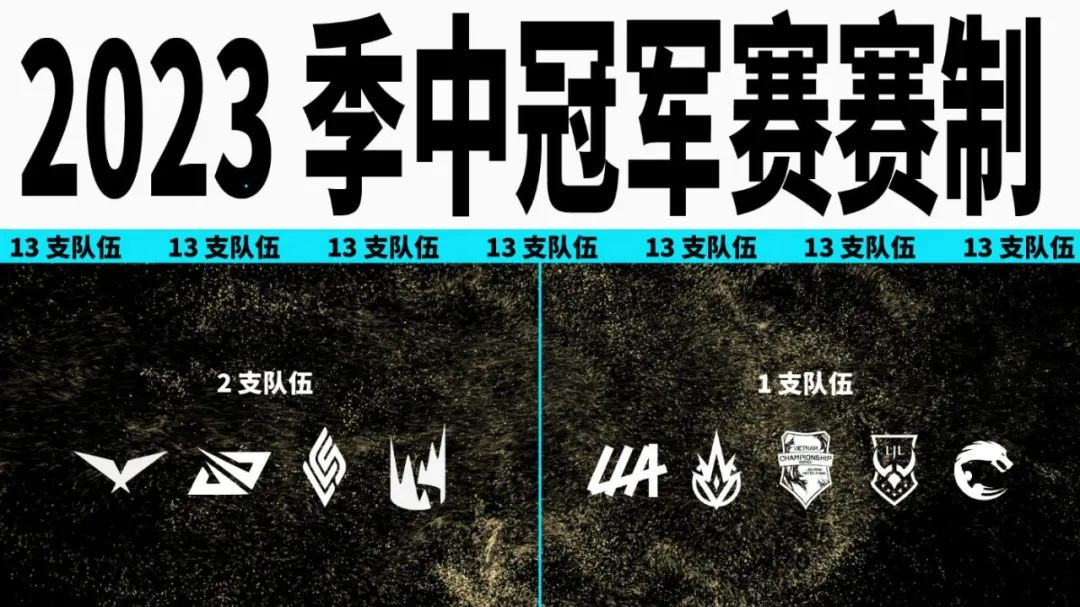
The 2023 Mid-Season Championship will feature two teams from each of the LCK (South Korea), LPL (Mainland China), LEC (EMEA), and LCS (North America) regions, and one team from each of the CBLOL (Brazil), LLA (Latin America), VCS (Vietnam), PCS (Southeast Asia, Oceania), and LJL (Japan) regions, for a total field of up to The total number of participating teams is thirteen. The No. 1 seeds from LCK, LPL, LEC and LCS will advance to the Winners/Losers bracket on a rotating basis, with the No. 2 seed from LCK, the winner of the Global Finals, also advancing to the Winners/Losers bracket. The other eight teams will start from the qualifying round.
The Finalists are divided into two groups, and the four teams in each group will play a BO3 double-elimination tournament. In the Final Round, teams from each of the five smaller divisions will compete against the number two seeds from the LPL, LCS and LEC divisions for the three spots in the tournament. The two teams with 2-0 records in their respective groups will advance to the winner-take-all bracket. With this format, the most dominant teams will advance relatively quickly, allowing for more competitive games to be played. Under this format, two teams will be eliminated from the Mid-Season Championships with 0-2 and 1-2 records, respectively. The two teams that win the loser’s bracket of their respective groups and end up with a 2-1 record will play a BO5 match, with the winner advancing to the winner-take-all bracket and the loser being eliminated from this year’s Mid-Season Championship. With this format and schedule, we believe we can better understand the relative strengths of the five divisions, and the strongest divisions will have a chance to show their strengths in BO5 matches and advance to the winner-take-all bracket.
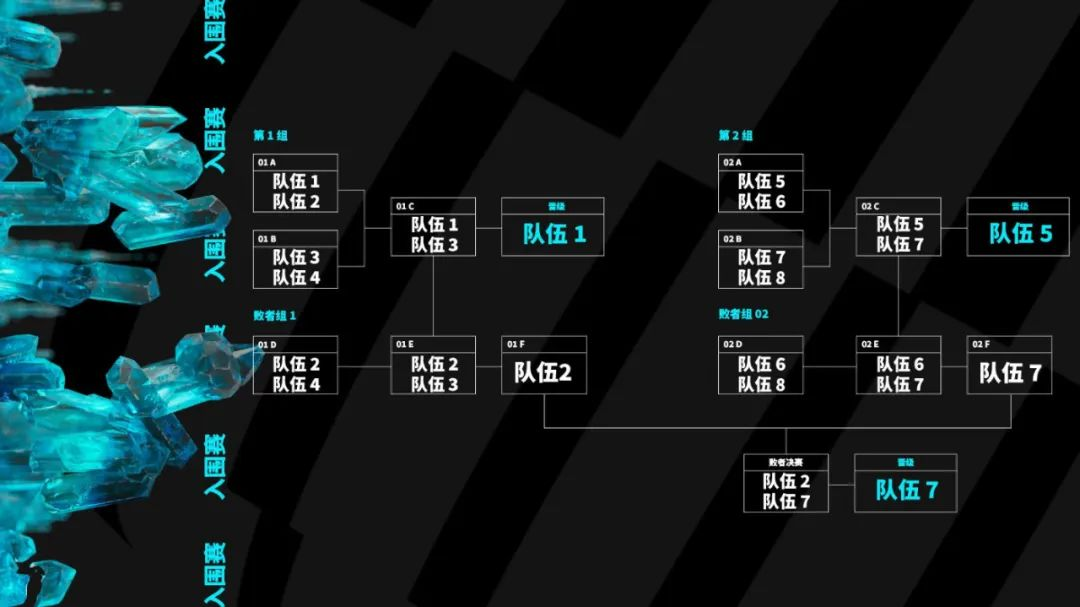
In this year’s Mid-Season Championship, the winner-take-all bracket will be a BO5 double-elimination tournament. A total of fourteen BO5 matches will be played to determine the champion. With this arrangement, the number of BO5 matches between the top teams from different regions will increase significantly at the mid-season point.
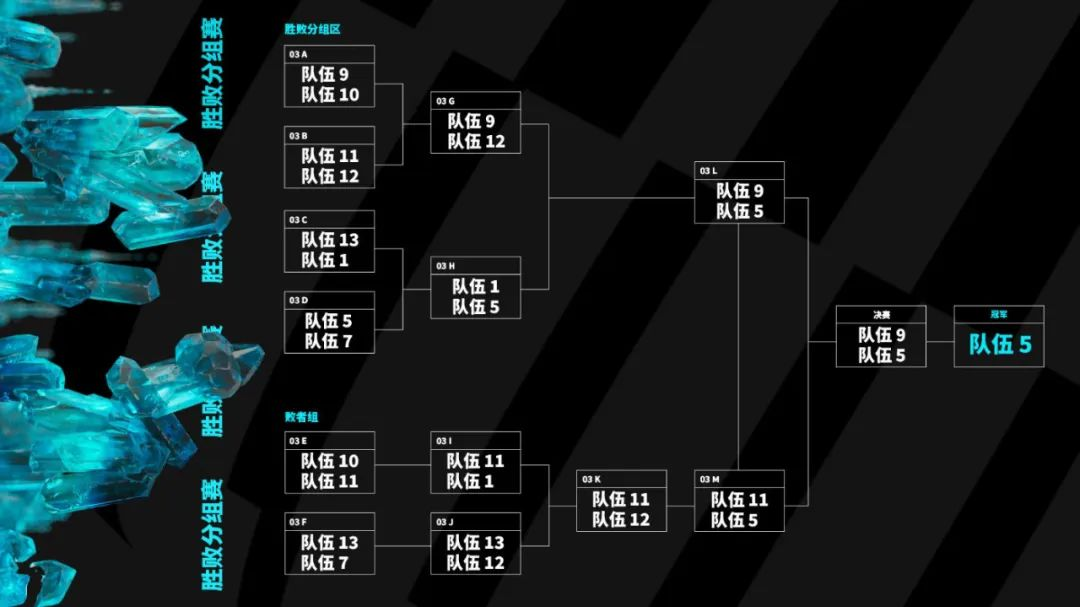
One final detail about the Mid-Season Championship is how the qualifiers will be grouped and how the winner-take-all bracket matchups will be determined. More information will be shared as the tournament approaches.
Global Finals
For the Global Finals, we would like to address a couple of issues that have been exposed by the current format:
There are more than 20 teams competing in the Global Finals each year, but there are relatively few exciting matches to watch
Towards the end of the group stage, there are many matches where the winners and losers have no impact on at least one side (and possibly not even on both sides of the match)
The group stage is heavily reliant on the group draw and is often publicized around “death panels” and “top picks”, with little attention paid to the teams and professionals who have worked hard all year to reach the World Finals.
To address these issues, we will focus on three specific goals:
Ensure that every match is important to both teams in the competition
To bring more exciting matches across regions
Make the matches as close to each other as possible
For more than a decade, we’ve made the Global Finals a gripping and exciting event, where an unexpected turn of events or a poorly-performed match can potentially close out a team’s season. We’ve seen top teams and players rise above the fray and rise through the ranks in these demanding environments. We’ve witnessed incredible crushes and surprising blowouts. As we worked on the new format for the Global Finals, one thought kept recurring in our minds, and that is for the Global Finals to continue to be the biggest and most suspenseful event in esports. The loser’s bracket matches may be a fun addition to other esports events (including other esports events from Punch), but once we got to the knockout stage, we felt that the Global Finals should be the same as it has always been, requiring the winning team to face a challenge in every match: win and advance to the next round, lose and go home.
Additionally, we discussed at length how we view fairness in the global competitive ecosystem and whether any region should have four Global Finals slots. While we don’t want to take sides in order to create a false sense of fairness in the world, the fact that both semi-finalists are from the same region does go against our expectations. On the other hand, the LCK and LPL have proven their mettle year after year, and as DRX proved, sometimes it’s more important to be at your best at the right time than it is to be in the seeding order at the Global Finals.
With this in mind, starting in 2023, we will be introducing a Global Finals Qualifier Series (WQS). Based on their impressive performances over the past two years, LCK and LPL will continue to hold the fourth seed in 2023, although the LCS and LEC will compete for the fourth seed spot. the fourth seeds from both the LEC and the LCS will play a BO5 match, with the winner earning a spot in the Global Finals. the WQS will be hosted in North America in 2023, and the WQS is expected to be held in EMEA in 2024. The 2023 Promotion Series will be held in North America and 2024 is expected to be held in EMEA. Details and scheduling will be announced later, but it is expected that the series will kick off at the end of the host league. The series will create more impactful cross-region matches to satisfy fans, and we will explore whether to expand future Global Finals progression series based on feedback and data from 2023.
We’ve made some changes to the Global Finals Qualifiers; the LPL and LCK will no longer participate in the Qualifiers, and all of their seeded teams will advance directly to the Group Stage; the LEC and LCS teams that win the Advancement Series (seeded four) will participate in the Qualifiers, while seeds one through three will advance directly to the Group Stage.
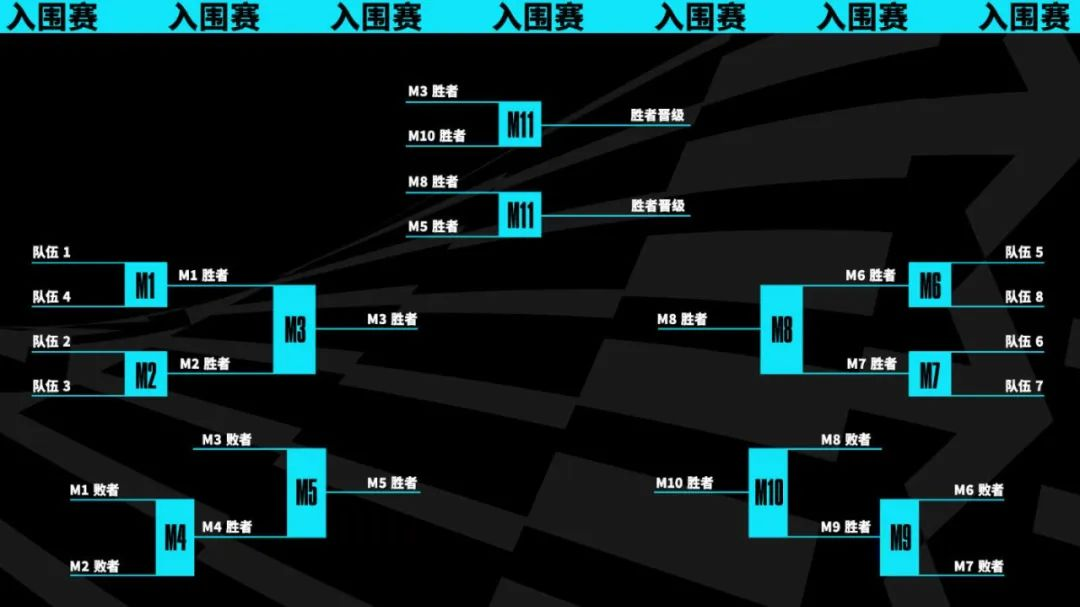
The remaining teams (VCS #1 and #2 seeds, PCS #1 and #2 seeds, as well as the #1 seeds from CBLOL, LLA, LJL, and the #4 seed from the LEC/LCS) will start from the Finalists. These eight teams will be divided into two groups for a series of double-elimination, best-of-three games. Once each group has produced a champion team in each of the winners’ and losers’ brackets, the winner of one group will play the winner of the losers’ bracket of the other group in a final five-game, best-of-three final. The winners of these two finals will join the other 14 teams in the group stage. We think this will make the finalists more competitive. In the future, we will continue to observe the relative strengths of the different divisions and make adjustments to the current format accordingly to maximize the intensity of the competition in the Finalists.
We are also in the process of completely redesigning the second stage of the Global Finals, so that there will no longer be a group stage! Instead, the 16 teams in this stage will play a 5-round Swiss Round format, with each team playing against teams with the same win/loss record until they achieve 3 wins or 3 losses. All key matches that could see a team advance or be eliminated are played on a best-of-three system, while the rest of the matches are single-game wins and losses.
In the first round, each team will be randomly paired with opponents from different divisions for a round of single-game winner-take-all matches. This round will produce 8 teams with 1 win and 0 losses versus 8 teams with 0 wins and 1 loss. The second round will feature another 8 single-game winner-take-all matches - 4 matches between the 8 teams with 1 win and 0 losses, and 4 matches between the 8 teams with 0 wins and 1 loss.
At the end of the second round, there will be four undefeated teams with 2 wins and 0 losses, four undefeated teams with 0 wins and 2 losses, and eight teams that won and lost each of their first two games to finish with 1 win and 1 loss. In the third round, the four 2-win, 0-loss teams will play a best-of-three series between them, with the winners advancing to the elimination round and the losers continuing to participate in the fourth round. The four teams with 0 wins and 2 losses will also play a best-of-three series, with the losers eliminated from the Global Finals and the winners remaining in the fourth round.
Twelve teams remain in the fourth round, six with 2-1 records and six with 1-2 records. the six 2-1 teams will play a best-of-three series to determine the three winners who will advance to the elimination rounds. The other six teams with 1 win and 2 losses will also play three best-of-three matches, with the losers eliminated from the Global Finals.
By the fifth round, six teams remained, all with 2 wins and 2 losses. These six teams will play the final three thrilling best-of-three matches. The three winners advance to the elimination rounds, while the losers will end their journey to the Global Summers.
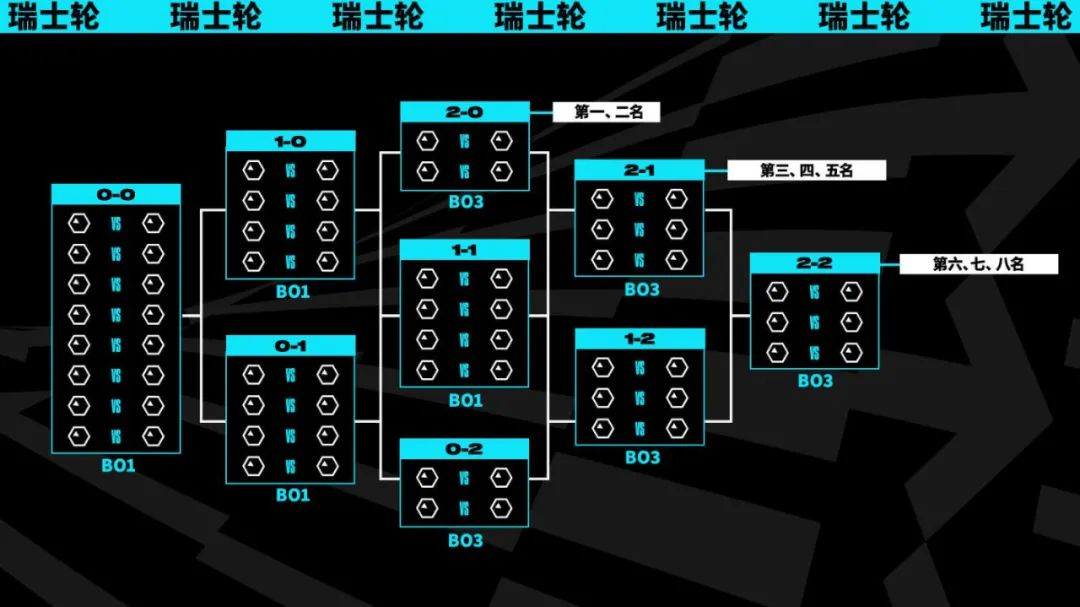
All in all, the Swiss Round stage features a total of 33 matches, 20 of which are one-game wins and 13 of which are best-of-three.
We’re excited to introduce the Swiss Round format to the Global Finals because in this format, every match is important to both players - every match will affect the final outcome of the tournament. Secondly, this format also allows us to schedule an additional 13 best-of-three matches that are as exciting as consecutive one-game matches. Lastly, given the dynamic nature of the field under this format, each team will have more chances to win. No more teams will fall into the so-called “Group of Death”, making viewers feel like their journey to the Global Finals is over before it even begins.
After the Swiss Round stage, the eight teams will move on to the Knockout Stage. This stage will continue to be a five-game, three-win single-elimination tournament, with quarterfinals, semifinals, and finals to be played until the Global Finals Champion is crowned!
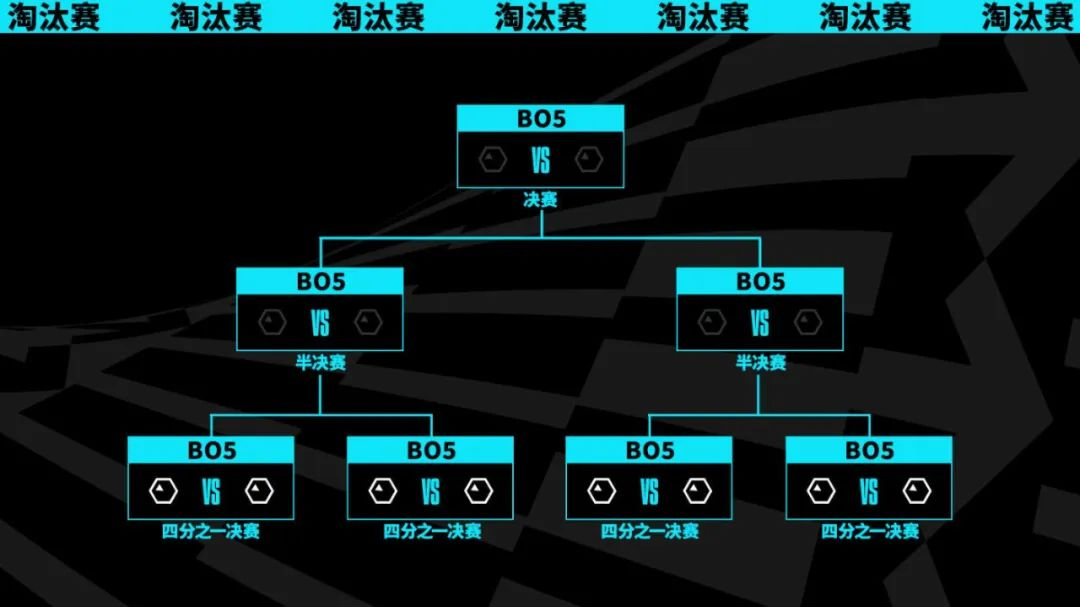
Conclusion
It has always been our primary goal to continue creating intense and tense tournaments for players and fans, and a level playing field for players and teams. We can’t wait to see the implementation of the new format and are very excited to see those exciting moments descend upon the canyons to kick off the 2023 season! As always, we’re also listening to your feedback and working closely with pros, teams, and fans to hear what you have to say to ensure we continue to deliver the best gaming experience this year and beyond!


